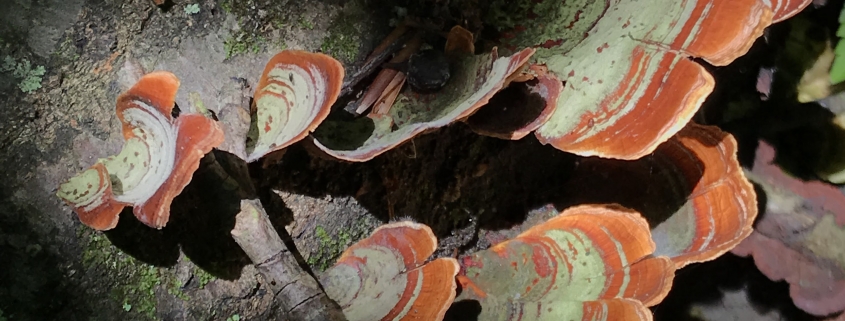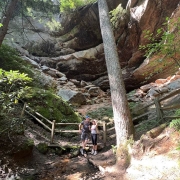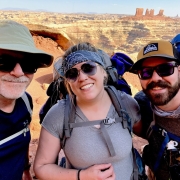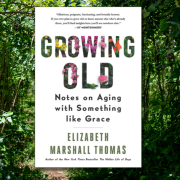Living Is Dying, Or Is It The Other Way Around? (Part 3) | Healthy Aging Series: Part 8
There is a very thin line between living and dying, in much the same way that there is a thin line between fiction and non-fiction.
I wonder what Mom would say?
As a Jungian-Inspired Psychotherapist, I spend time doing “shadow work.” James Hollis, a Jungian Analyst, suggests that we do this by having conversations with our diseased parents, in order to explore our Parent Complexes. In his book, “Hauntings: Dispelling the Ghosts Who Run Our Lives,” he asserts that we are living out the unfulfilled dreams of our parents. So, I’m curious. I talk to her and I ask her questions.
Most of my conversations are done when I’m hiking. “What were your dreams, Mom?” I ask while hiking the Mitch McConnell Trail in the Jefferson Forest. “What did you want when you were a young woman and a young mother?” I want to ask about her father, but I don’t yet.
I want to ask her what she thinks of me. Maybe she would ask me what I think of her, as a mother. I would listen as she recounts her joys and sorrows. I would smile as she tells me how cute I am and how I’m her little pixie.
She would ask me questions about theology and now I listen and answer.
I ask her what it feels like to be old, and she gives her standard answer. “I would never want to be any age other than what I am right now.” I’m convinced.
I tell her about my belief that living is dying, and she says, “Oh no Kimmer, living isn’t dying.”
I respond that we’re all dying. “I don’t know if we begin to die at birth or at fifty or sixty. But yes, we’re all dying,” I say. But in her overly-optimistic way Mom explains that some people spend their life living and some spend it dying. “Living isn’t dying, dying is living,” she says.
I don’t know if Mom ever watched “Shawshank Redemption,” but in my “shadow” talks she has. She reminds me of the quote from Red, “Get busy living or get busy dying.”
I tell her how the boys are doing. I tell her that Harper and Sophie, her great-granddaughters, are well. I tell her that I’m happy despite the virus. I’m happy. I can tell from her voice that she is happy too.
I tell her that I love her and that we will talk soon.
As I hang up, I still feel the warmth of her hand as she was fading in that dim hospital room. She wasn’t dying. She was living.
And now, I’m living too.
This is part eight in the Healthy Aging Series, written by Mark Neese, LCSW, BCBA. To see more entries in this series, click here.













